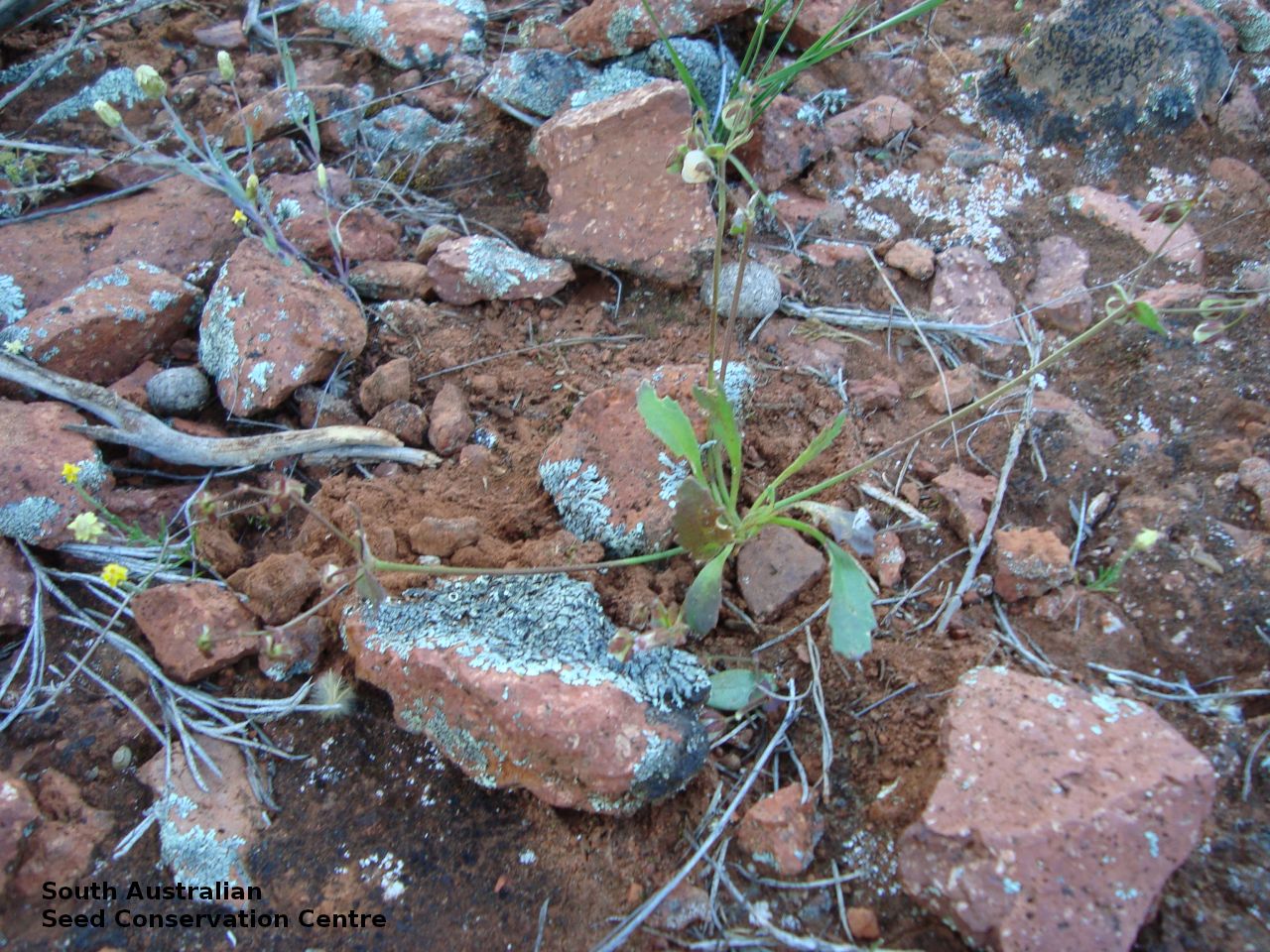
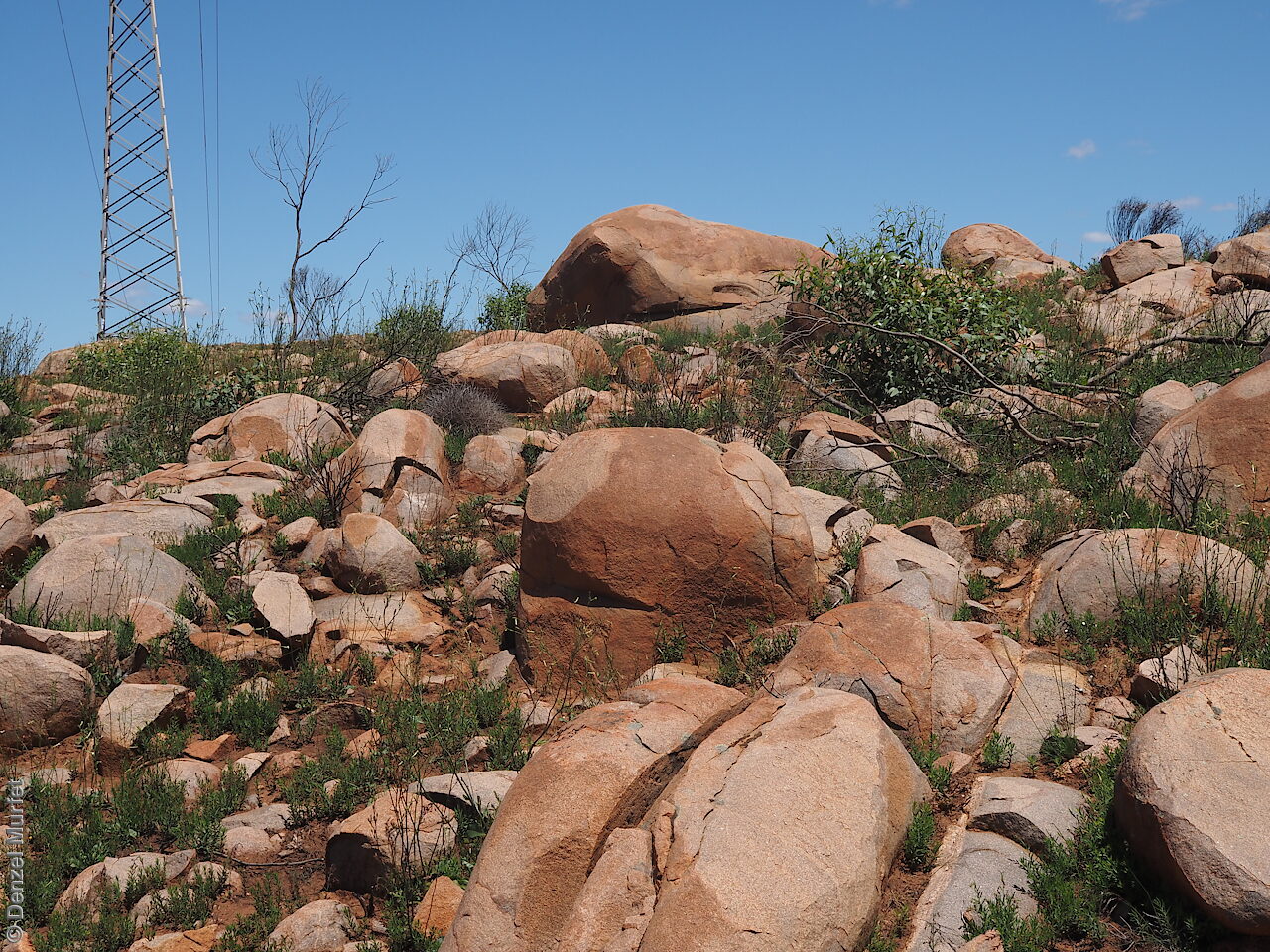
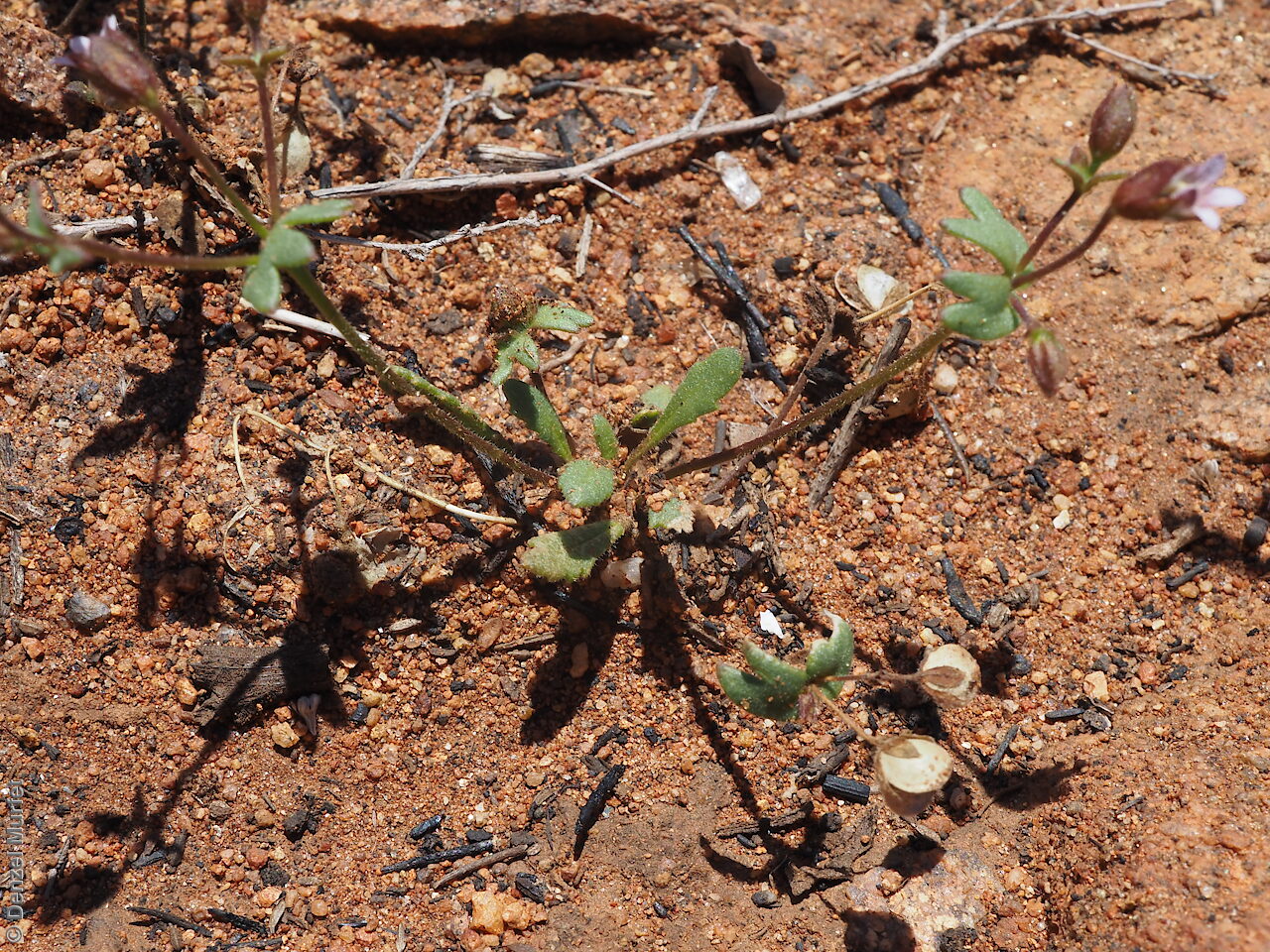
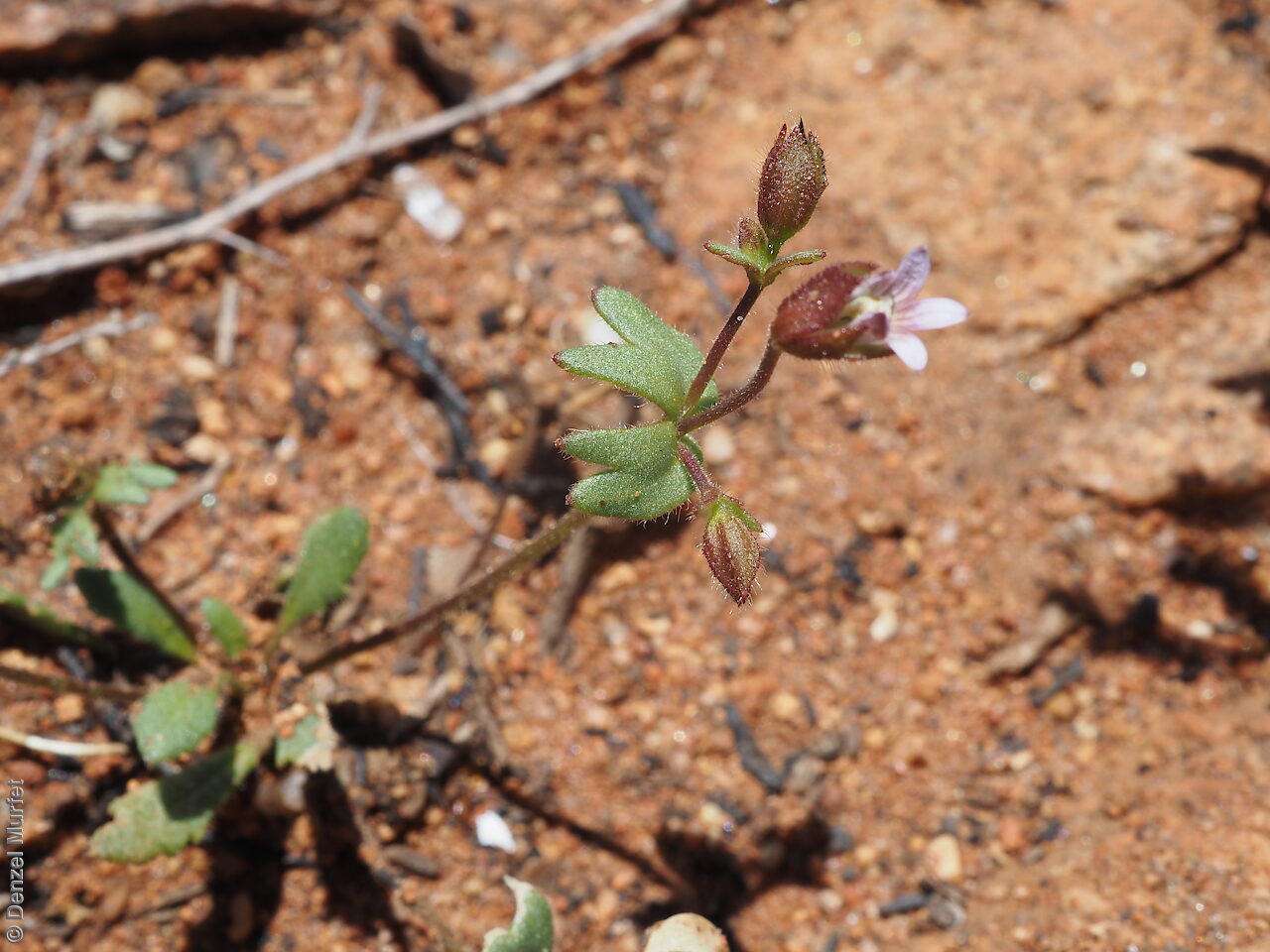
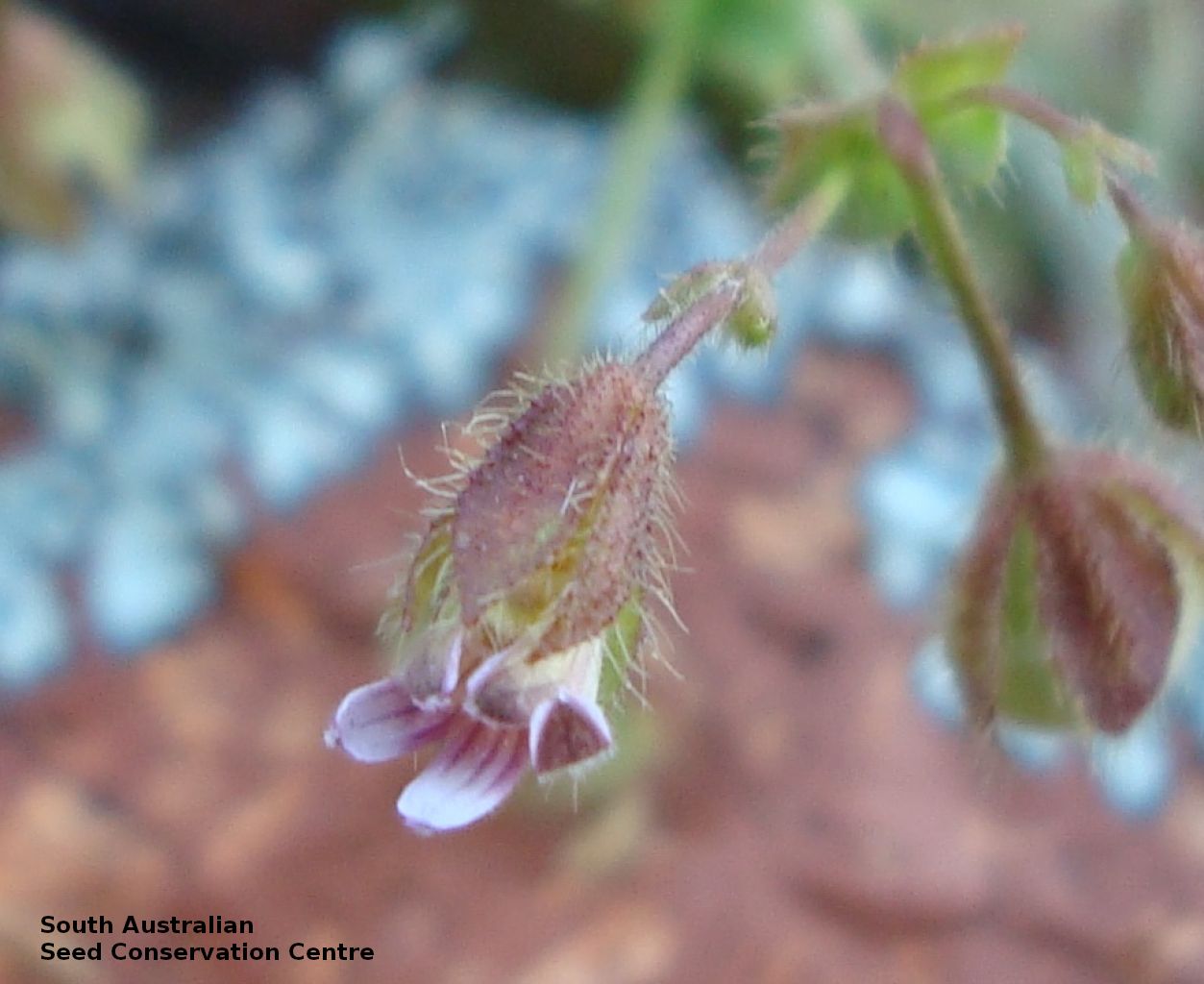
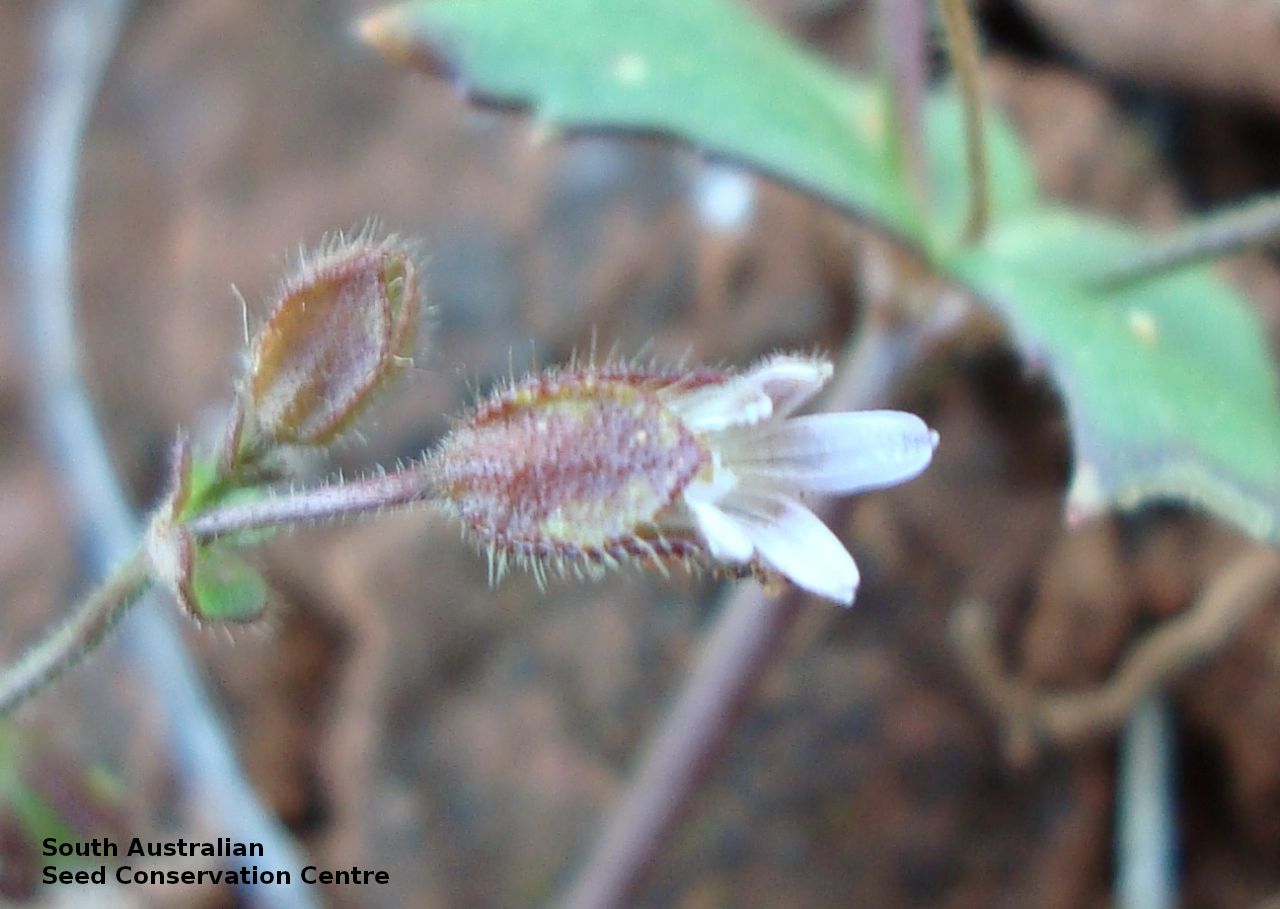
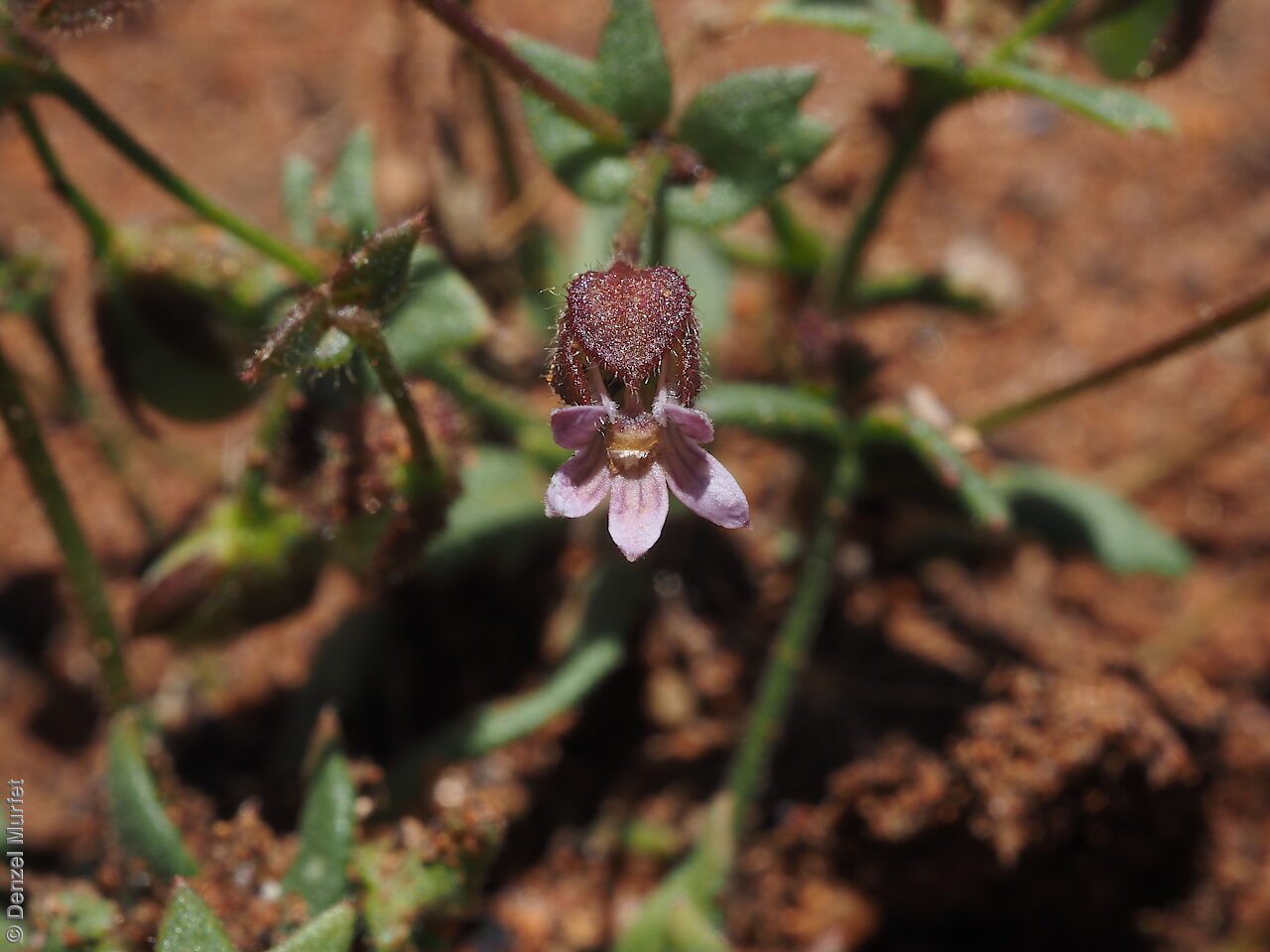
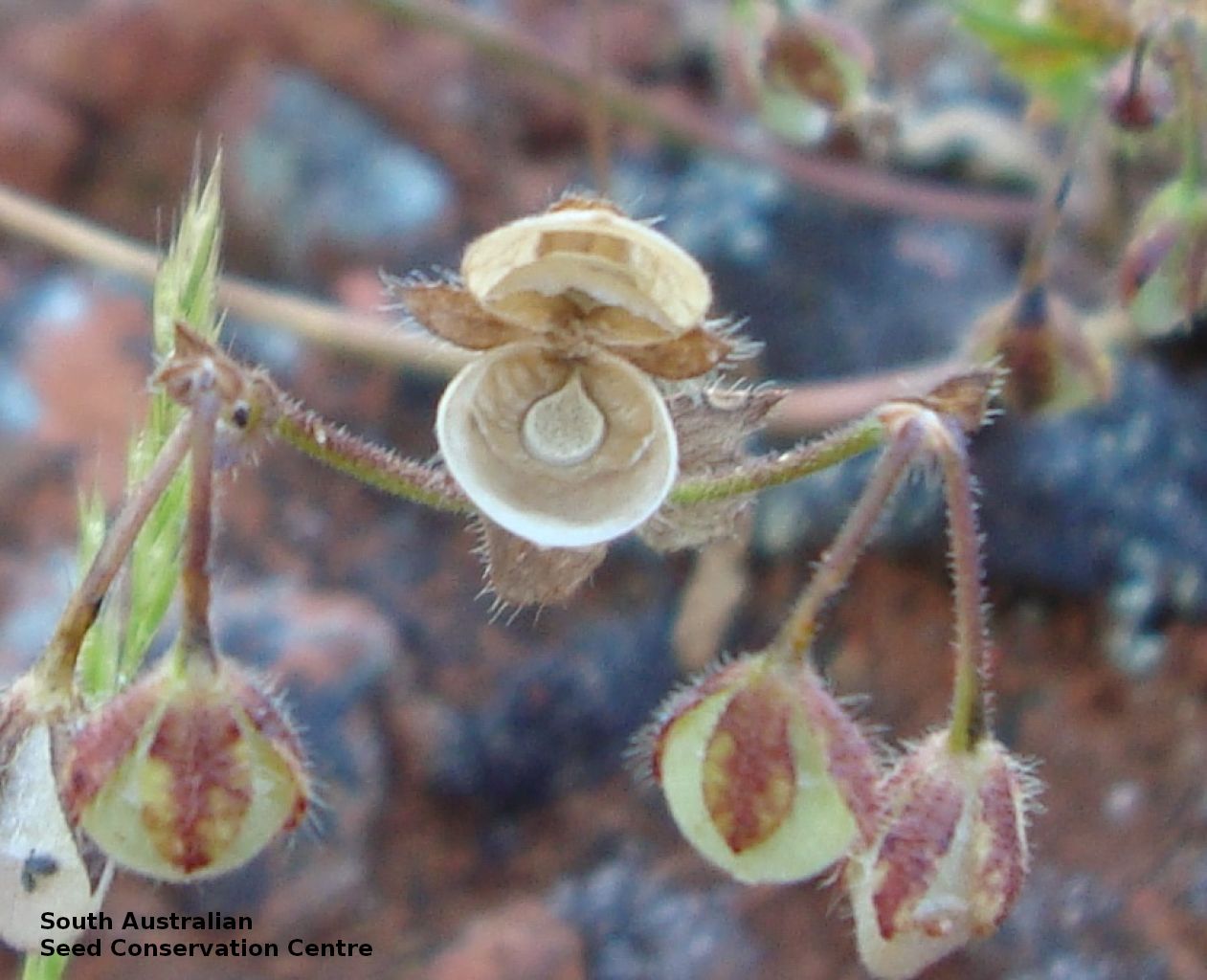
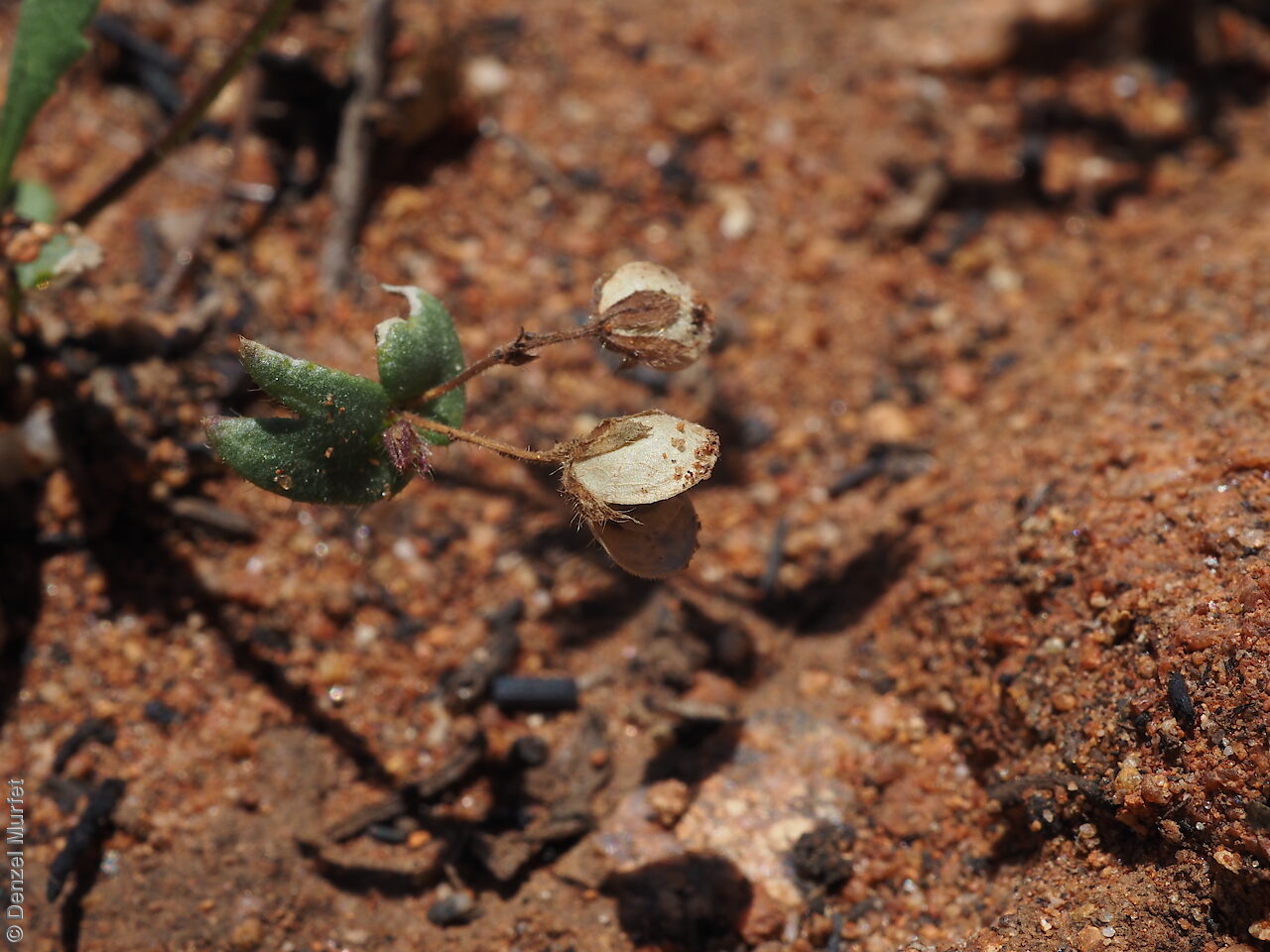
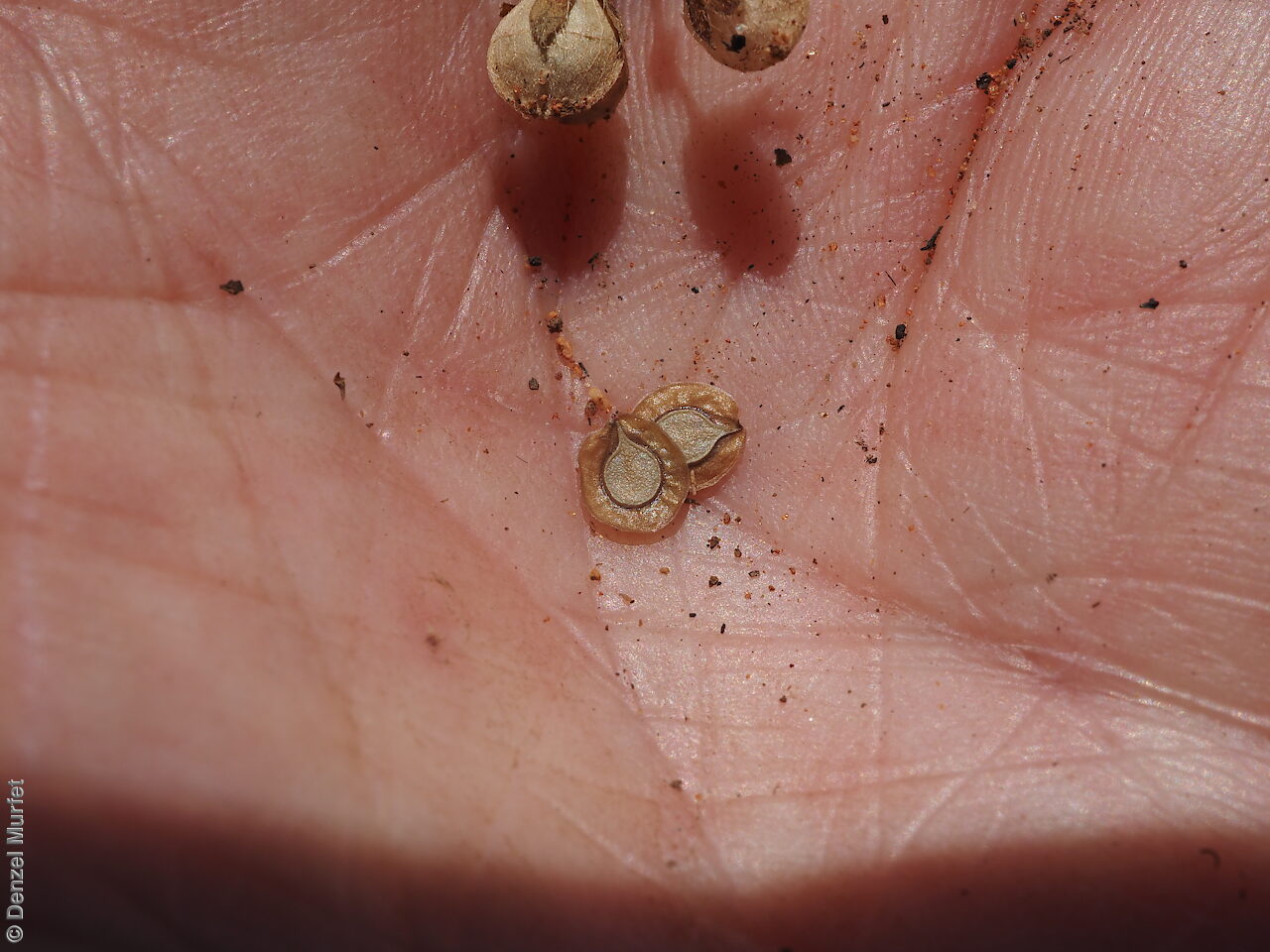
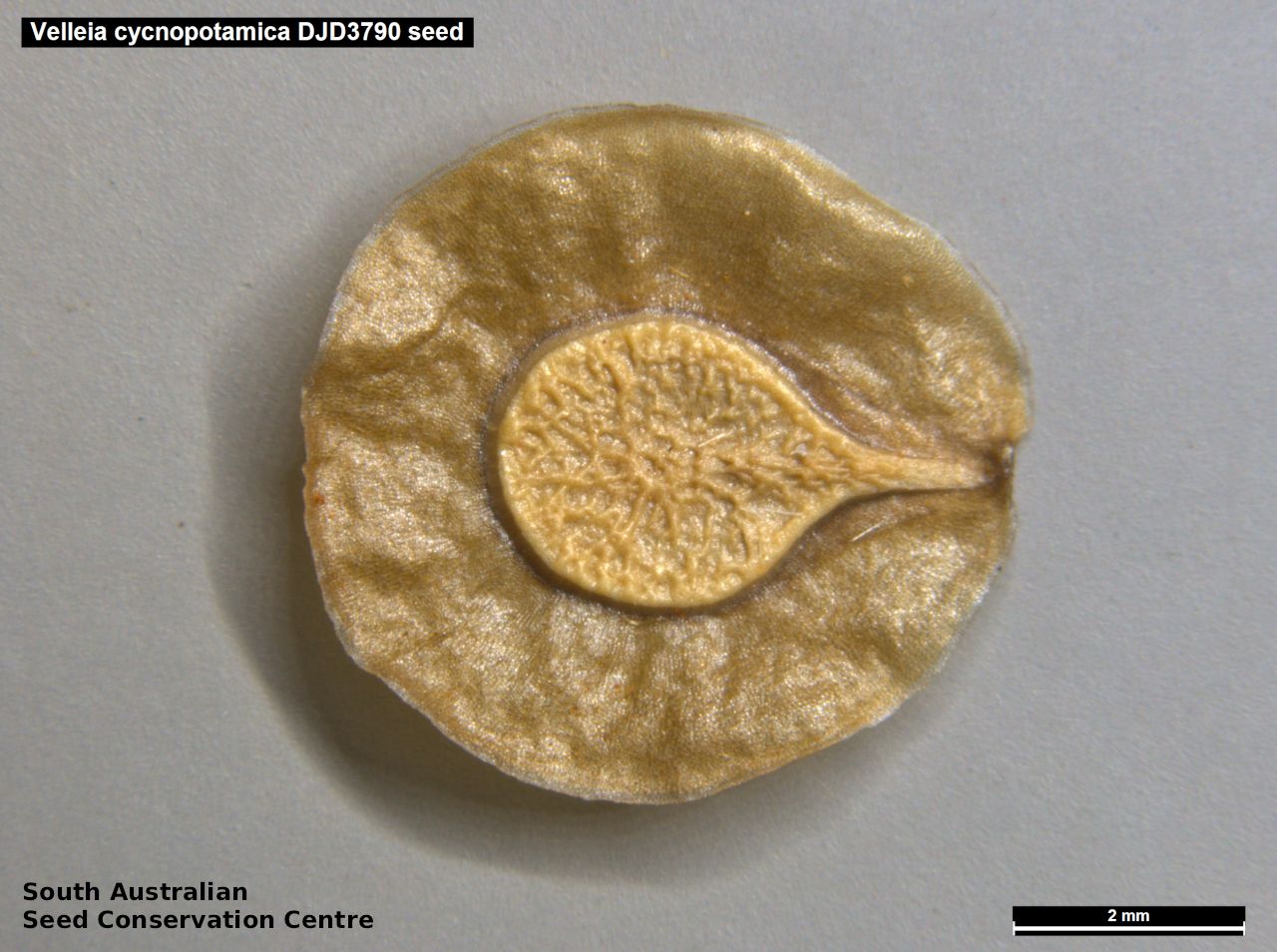
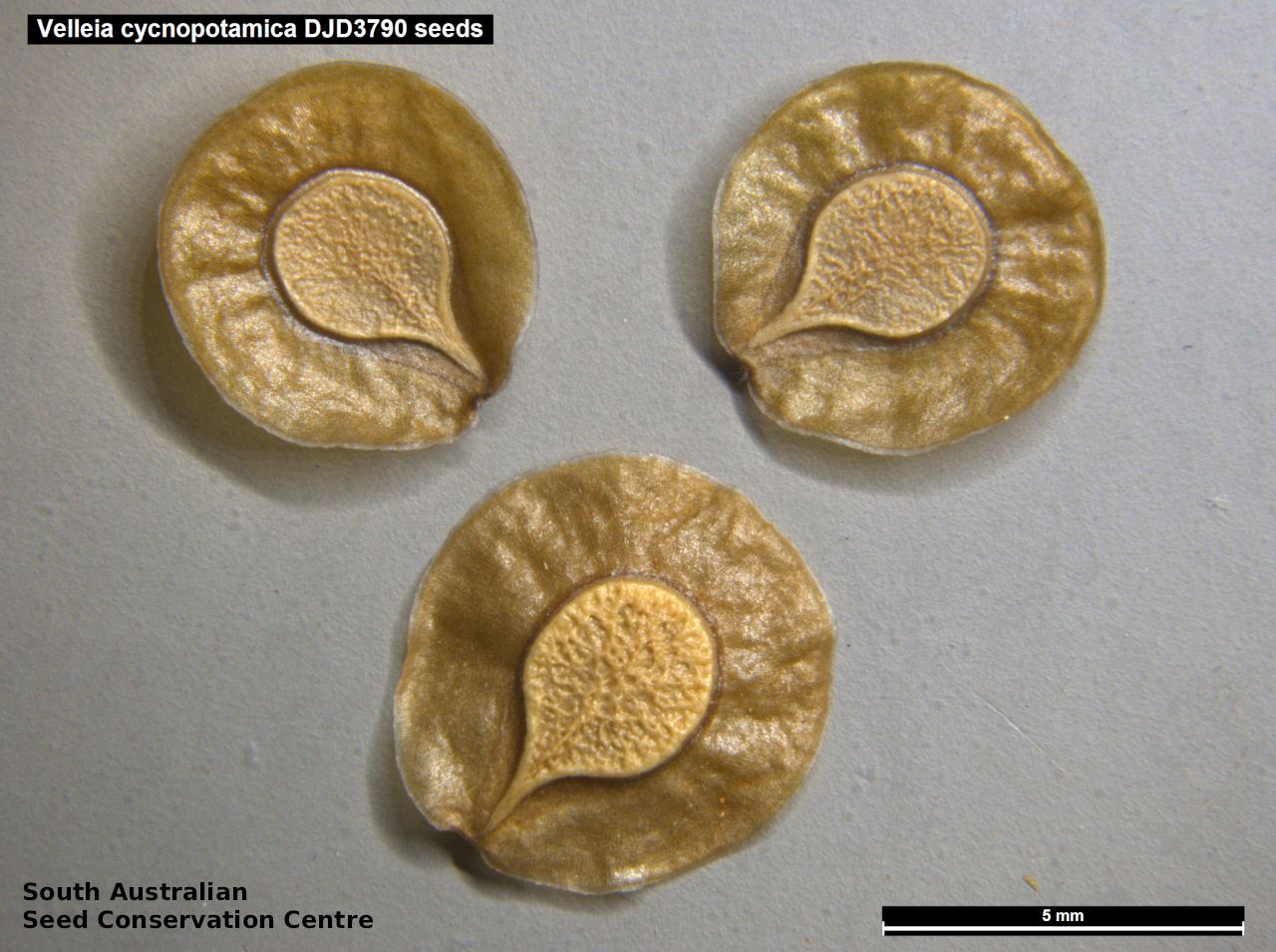
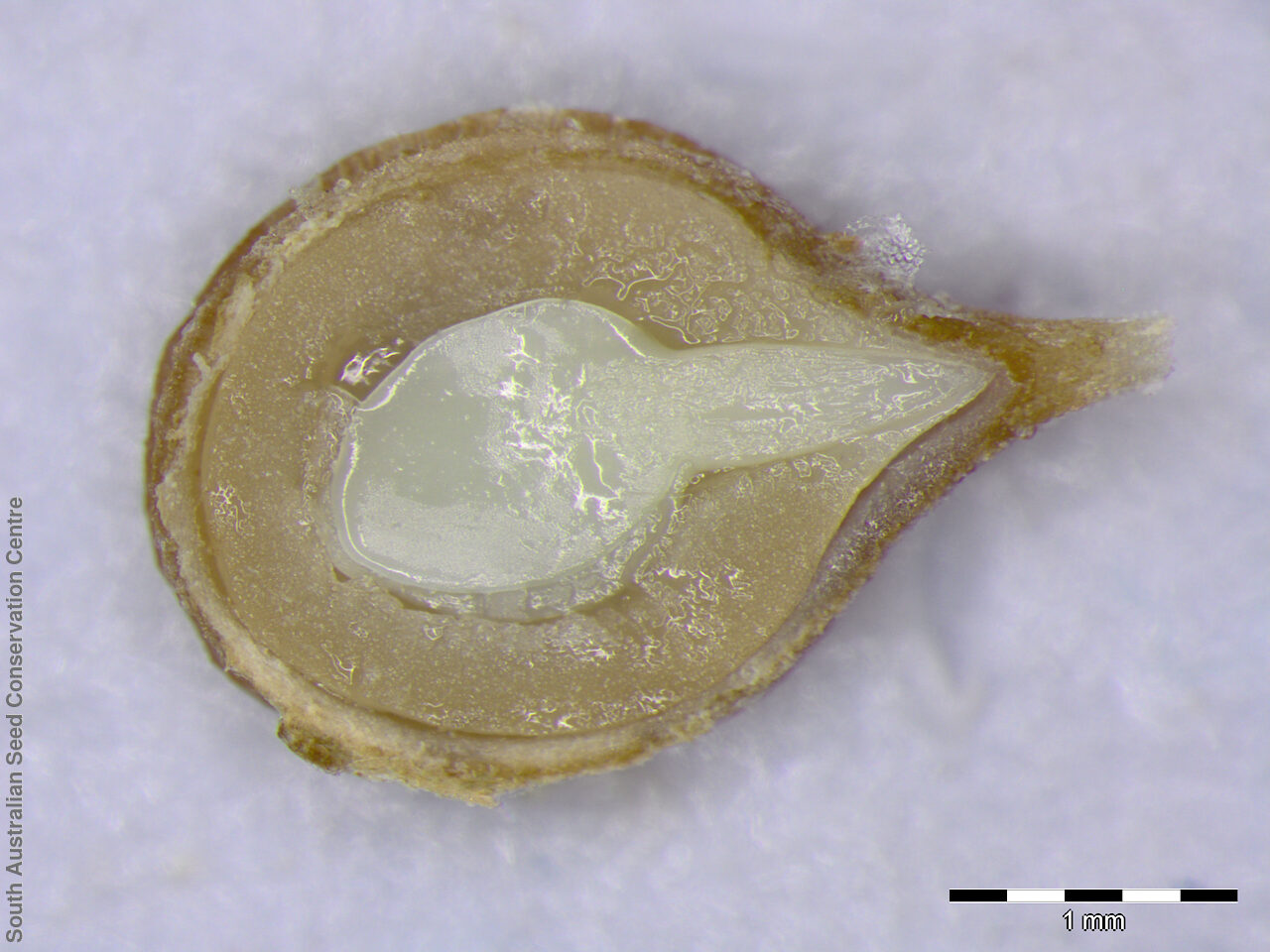
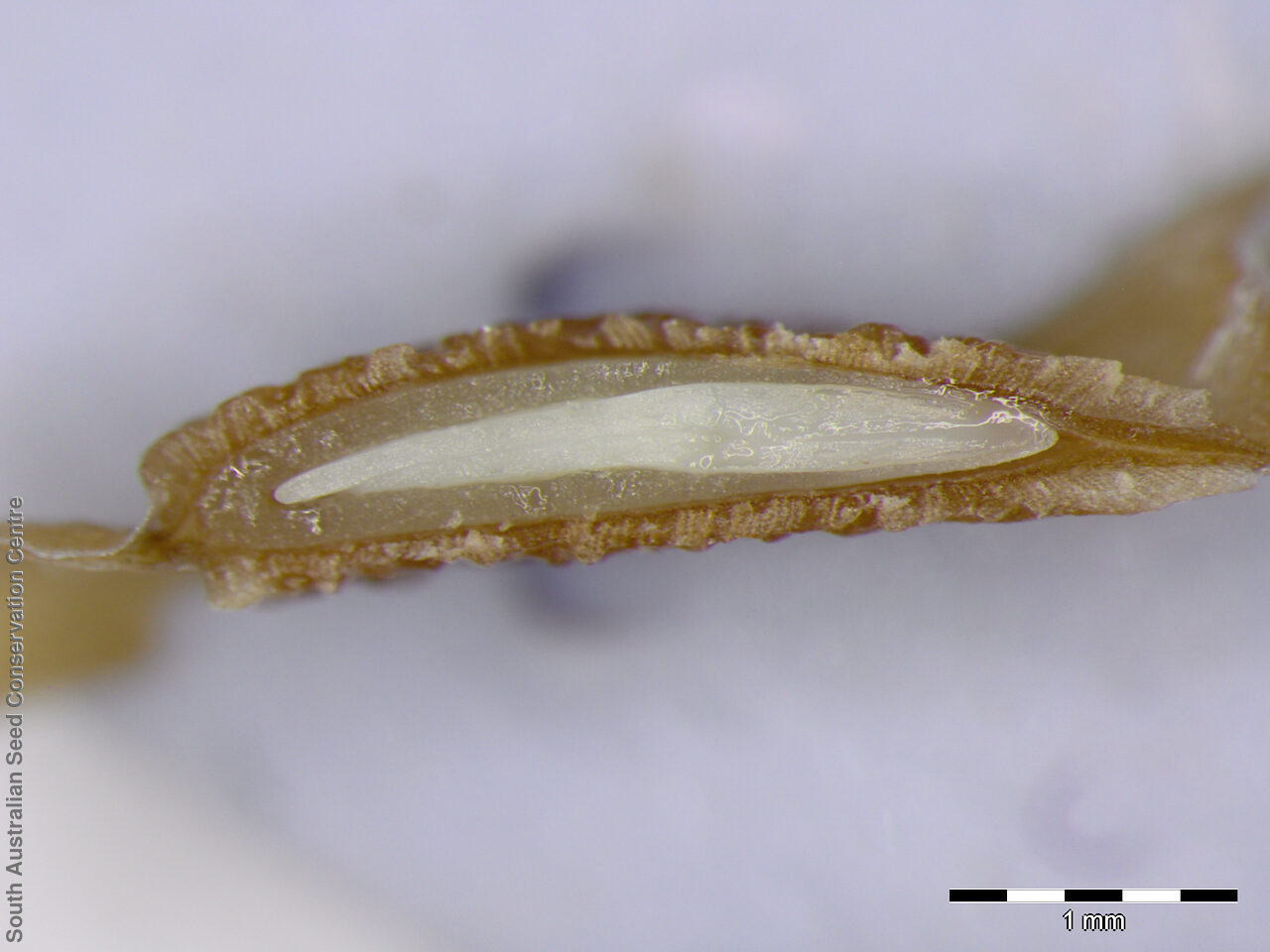

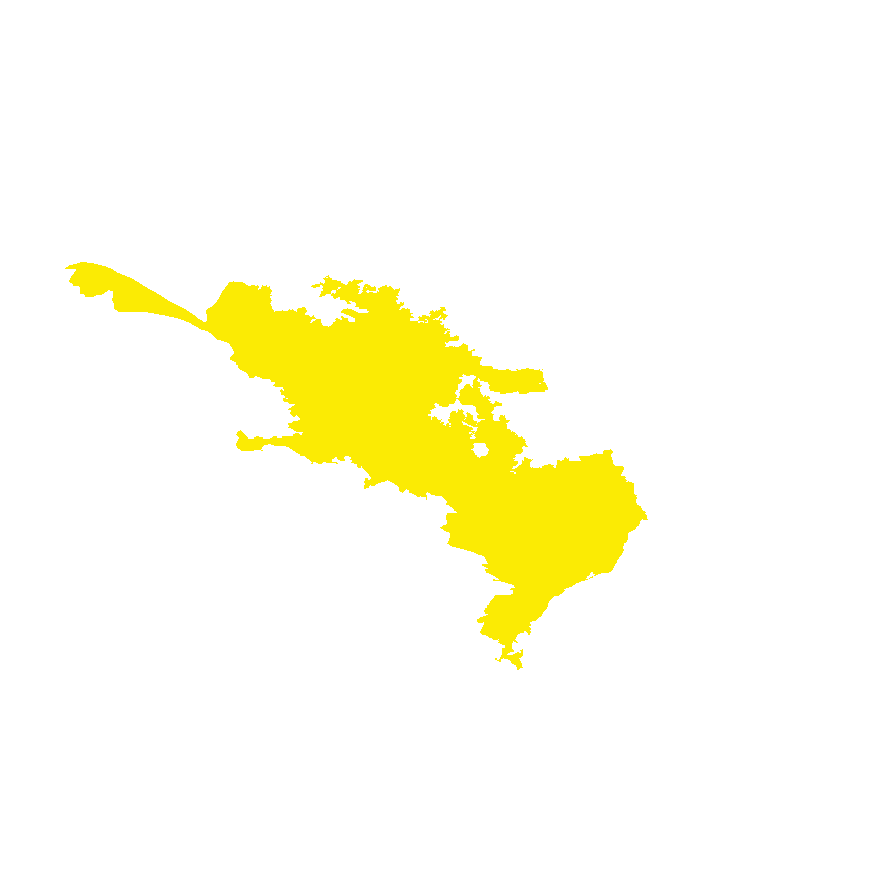
Prior names
Velleia cycnopotamica
Common names
Swan River Goodenia
Etymology
Goodenia named after Samuel Goodenough (1743-1827), an Bishop of Carlisle, an amateur botanist and collector and vice-president of the Royal Society (formally Velleia named after Thomas Velley (1748-1806), an English botanist. Cycnopotamica from the Greek 'kyknos' meaning swan and 'potamos' meaning river; possibly referring to the Swan River in Western Australia where the tyre specimen was collected.
Distribution and status
Found on central Eyre Peninsula, around the Gawler Ranges, growing on sandy or clayey soils in open habitats and often in cultivated land. Also found in Western Australia. Native. Rare in South Australia. Common in Western Australia.
Herbarium region: Eyre Peninsula
AVH map: SA distribution map (external link)
Plant description
Annual herb to 20 cm high. Leaves forming a rosette, oblong to oblanceolate to spathulate, attenuate into a short petiole, acute to obtuse, to 60 mm long and 12 mm wide, serrate to lyrate-pinnatifid, sparsely villous to glabrescent. Peduncles ascending or decumbent, terete, to 20 cm long, glabrous or subglabrous. Flowers small, pink or mauve to white, more or less pubescent outside, glabrous inside, sepal free. Flowering between August and October. Fruits are pale brown globular fruit to 7 mm diameter, 2-valved, inflated, pubescent; seeds orbicular, c. 3.5 mm diam., the body comma-shaped, broadly winged. Seeds are yellow-orange, circular disk seed to 5 mm diameter, pitted in the centre, pointy at the base and with a winged around margin. Seed embryo type is spatulate fully developed.
Seed collection and propagation
Collect seeds between September and November. Collect capsules that are maturing, turning brown, easily split open and with yellow-orange seeds inside. Place the capsules in a tray and leave to dry for a week. Then rub the capsules with your hands to dislodge the seeds. Use a sieve to separate the unwanted material. Store the seeds with a desiccant such as dried silica beads or dry rice, in an air tight container in a cool and dry place. From one collection, the seed viability was high, at 90%.
| Location | No. of seeds (weight grams) | Number of plants | Date collected | Collection number Collection location | Date stored | % Viability | Storage temperature |
|---|---|---|---|---|---|---|---|
| BGA MSB | 1,300 (5.96 g) 1,300 (5.96 g) | 50+ | 20-Sep-2009 | TST783 Eyre Peninsula | 1-Jun-2010 | 90% | -18°C |
| BGA | 2,500 (10.59 g) | 11-Oct-2018 | DJD3790 Eyre Peninsula | 24-Apr-2019 | 95% | -18°C | |
| BGA | 1,300 (4.410 g) | 40 | 28-Oct-2020 | DJD3916 Eyre Peninsula | 28-Jun-2021 | 80% | -18°C |
Number of plants: This is the number of plants from which the seeds were collected.
Collection location: The Herbarium of South Australia's region name.
% Viability: Percentage of filled healthy seeds determined by a cut test or x-ray.